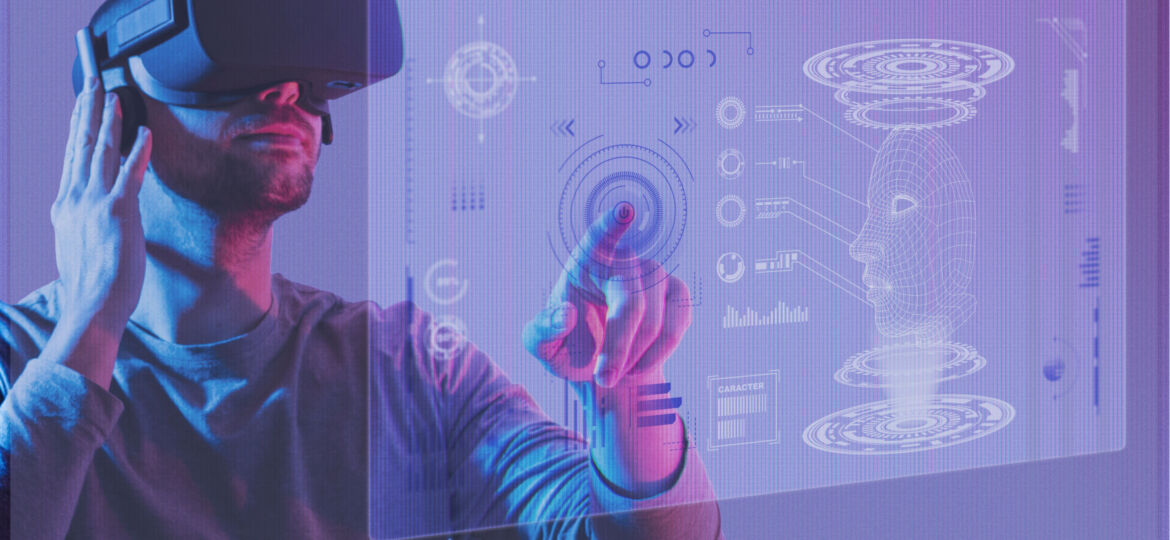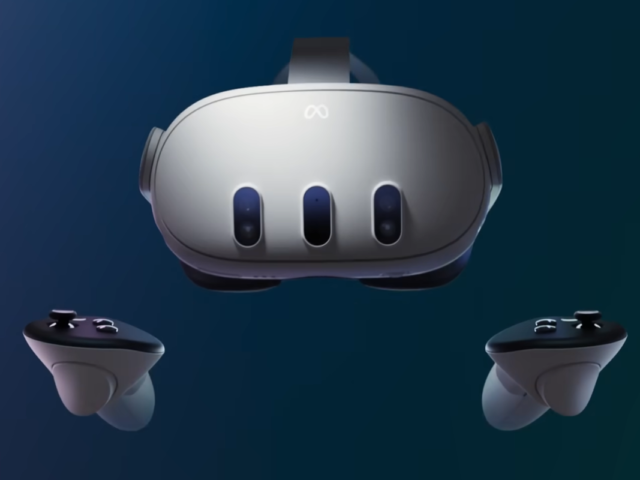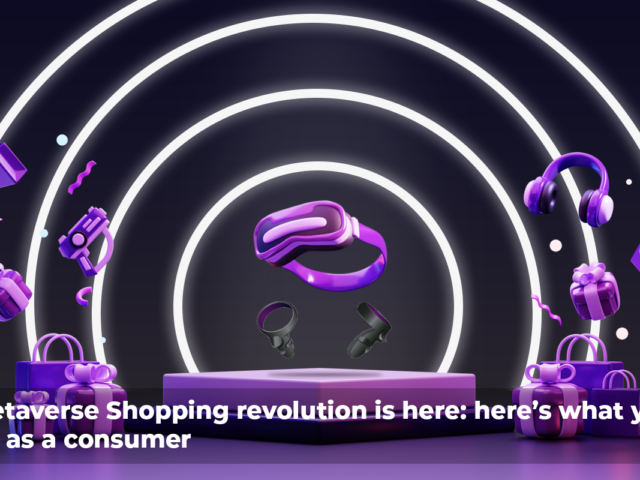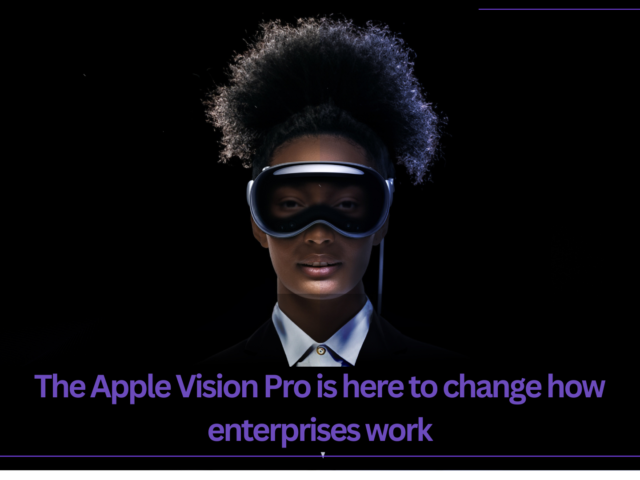Unlocking Potential - The Industrial Metaverse and the Rise of the Digital Twin
Discover how the concept of the Digital Twin is revolutionizing industries and shaping the future of technology.
May 25 20235 mins read
In a world that is rapidly evolving with technological advancements, the concept of the Industrial Metaverse is a game-changer for various industries including pharmaceuticals, energy, manufacturing, and automobile. The Industrial Metaverse has the potential to revolutionize the way we design, create, and operate in the industrial landscape. In this article, we will explore the Industrial Metaverse, delve into the concept of the Digital Twin, and examine their implications for businesses.
What is the Industrial Metaverse?
With all the hype around it, we’re sure you broadly know what the Metaverse is. Simply put, it’s a world created by virtual or augmented reality (VR or AR). It talks of a shared, computer-generated space where users can take part in a range of experiences such as gaming, shopping, and social interaction with other users. It is a virtual layer that overlays the physical world, and its aim is to give users a way of extending their reality. However, that’s not all it is. Now, the metaverse is branching out beyond consumer applications to break new ground in the industrial space.
Enter the Industrial Metaverse.
In the Industrial Metaverse, the Metaverse concept is applied to unlock new value in the manufacturing, construction, and engineering sectors. The objective of this virtual universe is to create a shared environment for engineers, designers, and production workers to work together on solving industrial problems, regardless of where they’re located. The Industrial Metaverse combines AR, VR, and the Internet of Things (IoT) to create a digital ecosystem where physical and virtual elements interact seamlessly. Here, businesses can interact with detailed virtual representations of products, machinery, and entire production facilities in order to optimize designs, train their workers, identify supply chain issues, and make data-driven decisions.
Once businesses set up the Industrial Metaverse for their use cases, they can enhance productivity, efficiency, and collaboration while reducing costs and minimizing risks.
Of course, we can’t talk about the Industrial Metaverse without talking about digital twins. So let’s understand what they are.
The Rise of the Digital Twin
At the heart of the Industrial Metaverse lies the Digital Twin, which is simply a virtual representation of a physical asset, process, or system. By utilizing real-time data and advanced analytics, Digital Twins provide an accurate and dynamic reflection of their physical counterparts. This enables businesses to monitor, analyze, and optimize performance, predict maintenance needs, and simulate scenarios for better decision-making. Digital twins were already transforming the way companies work with internal stakeholders, with suppliers, and even with their customers.
What value can the Industrial Metaverse unlock for businesses?
The Industrial Metaverse and Digital Twins offer a wide range of benefits and opportunities for industries across the board. Here are some of the key advantages they bring:
- Enhanced Operational Efficiency: By leveraging real-time data and analytics, businesses can identify bottlenecks, optimize workflows, and streamline operations. This leads to improved productivity, reduced downtime, and increased overall efficiency. For example, a manufacturing company can use real-time data and analytics from sensors placed on its production line to identify issues in the process. By analyzing this data in the Industrial Metaverse, they can make key decisions.
- Predictive Maintenance: Digital Twins enable proactive maintenance strategies by continuously monitoring the condition and performance of assets. By detecting anomalies and predicting failures in advance, businesses can minimize unplanned downtime, extend asset lifecycles, and save costs. For instance, let’s consider an energy company that utilizes Digital Twins to monitor its wind turbines. By collecting data on factors like temperature, vibration, and performance, the company can detect anomalies and predict potential failures. With this information, they can schedule maintenance activities proactively, minimizing downtime and maximizing the lifespan of the turbines.
- Simulation and Optimization: With Digital Twins, businesses can simulate different scenarios and test potential changes or improvements in a virtual environment. This allows for better decision-making, optimization of processes, and the ability to predict outcomes before implementing changes in the physical world. For example, suppose a logistics company wants to optimize its delivery routes. Using Digital Twins, they can simulate different scenarios, such as varying traffic conditions, weather events, or changes in customer demand. By analyzing these simulations, they can identify the most efficient routes, optimize their logistics operations, and improve customer satisfaction.
- Remote Monitoring and Collaboration: The Industrial Metaverse enables remote monitoring of assets and operations, allowing businesses to overcome geographical barriers. It also facilitates real-time collaboration among teams, experts, and stakeholders, fostering innovation and knowledge sharing. Consider a utility company that operates multiple power plants in different locations. By implementing Digital Twins, they can remotely monitor the performance and health of each plant in real-time. This allows them to detect any issues promptly, collaborate with experts from a centralized location, and provide guidance to on-site teams, resulting in faster problem resolution and improved operational efficiency.
- Improved Safety and Risk Management: Digital Twins help businesses identify and mitigate potential risks by simulating hazardous situations in a controlled virtual environment. This enhances safety protocols, reduces accidents, and protects the well-being of workers and the environment. Let’s say a chemical manufacturing plant wants to ensure the safety of its workers and prevent potential accidents. By utilizing Digital Twins, they can simulate various hazardous scenarios, such as chemical spills or a fire, in a virtual environment. This enables them to identify potential risks, develop appropriate safety protocols, and train employees on emergency procedures, minimizing the likelihood of accidents and ensuring a safer working environment.
These are just a few ways in which businesses can refine their processes and systems using the Industrial Metaverse. Contact XR Labs to find out how the technology can help your business.
Related Articles
Get ready for the next generation of immersive experiences! Explore what’s in store with Meta Quest 3, Meta’s latest XR headset. Don’t miss out!
The Metaverse has emerged as a force to be reckoned with in our ever-evolving digital landscape, revolutionizing the way businesses engage their customers. And one arena they have begun exploring in gusto is shopping.
Now, nearly 40 years later, we find ourselves on the cusp of yet another reinvention of the personal computer, once again by Apple. It is speculated that the company will debut its much awaited XR headset at its Worldwide Developers Conference on June 5th.




